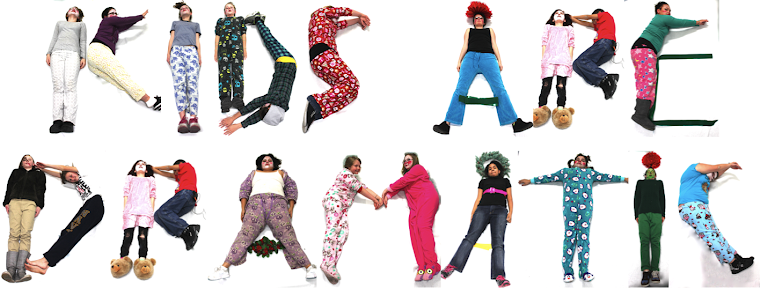Middle
school boys present one of the most challenging tasks to teachers nationwide:
make me interested in school. This attitude engenders both positive and
negative reactions from educationalists, but we rarely hear about the former.
In, Tackling Male Underachievement: Enhancing a Strengths-Based Learning
Environment for Middle School Boys, Mary Ann Clark, Kelly Flower, Jonathan
Walton, and Erin Oakley write about a noble research study that intended to
reconcile boys at this difficult age to come to terms with their educational
environment. The base of this project developed from a recent theory, Possible
Selves Theory (Markus and Nurius, 1986), which emphasizes student
self-definition as being linked to school behavior. Though the principle behind
Possible Selves is an understandable framework, I vehemently contest the cause
of the results reported in the middle school boys project.
Possible
Selves relies on the premise of self-motivation for students, which is
certainly spot-on accurate in the current education paradigm. Clark mentions
that middle school is the educational stage when the gender gap widens - boys
are academically less successful than girls – but fails to connect the major
shift on the national paradigm. Naptime, recess, and consistent teachers for
more than 45 minutes end in middle school. Thus, the topic should shift from
where the gap widens to why it widens. The answer is simple: there is an
inherent systemic bias in education against middle school boys. Joscha Legewie and
Thomas A. DiPrete (Columbia University) argue “School environment channels
conceptions of masculinity in peer culture, fostering or inhibiting boys’
development of anti-school attitudes and behavior” (Legewie and DiPrete, 2012).
Clark’s article admits, “Males may benefit from movement and hands-on
instruction” (Clark, et. al, 2008). The needed objective for these male
students is not being fulfilled by our school system. The counselor project
that this study provides may have resulted in a more motivated middle school
boy population, but it has little to do with their curriculum and methods
structure. Rather, they implement their “sessions” after eliminating some of
the most prevalent school climate problems that these boys face. The study
should be praised for isolating these factors (interactive learning,
collaboration of teaching specialties, literacy, one-on-one attention), but it
should be criticized for not attributing its results to these factors.
Instead,
this counseling project claims to have helped the boys “develop positive images
of their future selves.” In other words, the project spurred intrinsic
motivation within the student population. However, in revealing the success of
the project, the study explains, “The most frequently mentioned goals were
making good grades, graduating from high school, joining activities, and
playing sports.” That may sound like intrinsic motivation to Clark, but those
goals are rooted in extrinsic motivators facilitated by a flawed education
system. In fact, the educationalists omit any mention of emotions or past
experiences, two significant topics that Possible Selves theory hinges itself
upon. Thus, one is left to reason that the study did not fully test intrinsic
motivation as being a factor of academic achievement.
Kids
Are Dramatic is an organization that embraces the successful part of this
project, strongly believing that hands-on learning is a powerful force that is
underutilized in the classroom. It also believes that intrinsic motivation is
key to success within and without the US education system, and Possible Selves
Theory bridges the gender gap. What are the Implications of Possible Selves
Research for School Counseling Practice?, an academic article cited by Clark,
narrows the motivation of students in school to “how vividly they can picture
different possible selves, the nature of their possible selves, and the
connections students perceive between school behavior and either achieving a
positive self or avoiding a negative self” (Casey and Martin, 2007). These
pictures are the result of a well-crafted, tactful theatre arts curriculum.
Once students are able to form and regulate pictures from the past and the
present, those future goals naturally derive from their emotional cognition.
Clark never addresses past experience, which is a prerequisite to flourishing
future objectives. Through the use of scaffolding, students who participate in
the Kids Are Dramatic curriculum draw upon past experience, develop an
emotional connection to these experiences, and then utilize the scenarios to
create beautiful scenes. In the US education system, theatre is given the label
of “a fantasy world,” but playing pretend could be a tool for rebuilding the
bridge to these middle school boys’ academic worlds.
As
argued by Clark, school must be put into context for these boys. This study was
an attempt to resolve the gender gap from the lens of a school counselor, but
the school climate consists of more than just school counselors. Education,
from an interventionist perspective, begins with instruction. More research is
needed on Possible Selves Theory in relation to emotional cognition and
development amongst middle school boys.

